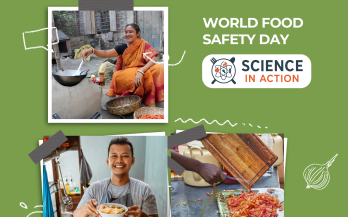
27 March 2025 | ACAST
The Politics of Ending Malnutrition - Challenging Conversations with Decision Makers

27 March 2025 | ACAST
The Politics of Ending Malnutrition - Challenging Conversations with Decision Makers



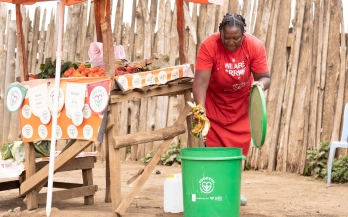
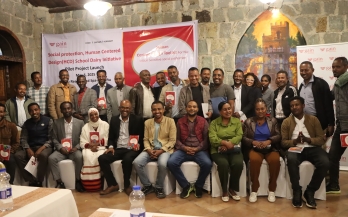
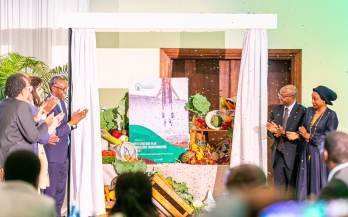

Healthier diets for all people, especially the most vulnerable
Through vegetable promotion, SME support, and nutrition programs.
"Vegetables for All" promotes healthier eating habits.
We scale up fortified foods and promote sustainability.
We drive change rooted in equity and sustainability.
GAIN Uganda, established in 2007, is part of the Global Alliance for Improved Nutrition’s global mission to end malnutrition by improving access to nutritious and safe food. Operating in alignment with Uganda’s Vision 2040 and the Uganda Nutrition Action Plan II, GAIN Uganda addresses the country’s triple burden of malnutrition—undernutrition, micronutrient deficiencies, and diet-related non-communicable diseases.
Through multi-sectoral partnerships and a systems approach, GAIN Uganda focuses on industrial fortification, biofortification, food safety, consumer behavior change, and strengthening MSMEs. The program works closely with government, civil society, and the private sector to create sustainable food systems and ensure affordable, nutritious diets for all, particularly women, children, and other vulnerable groups.
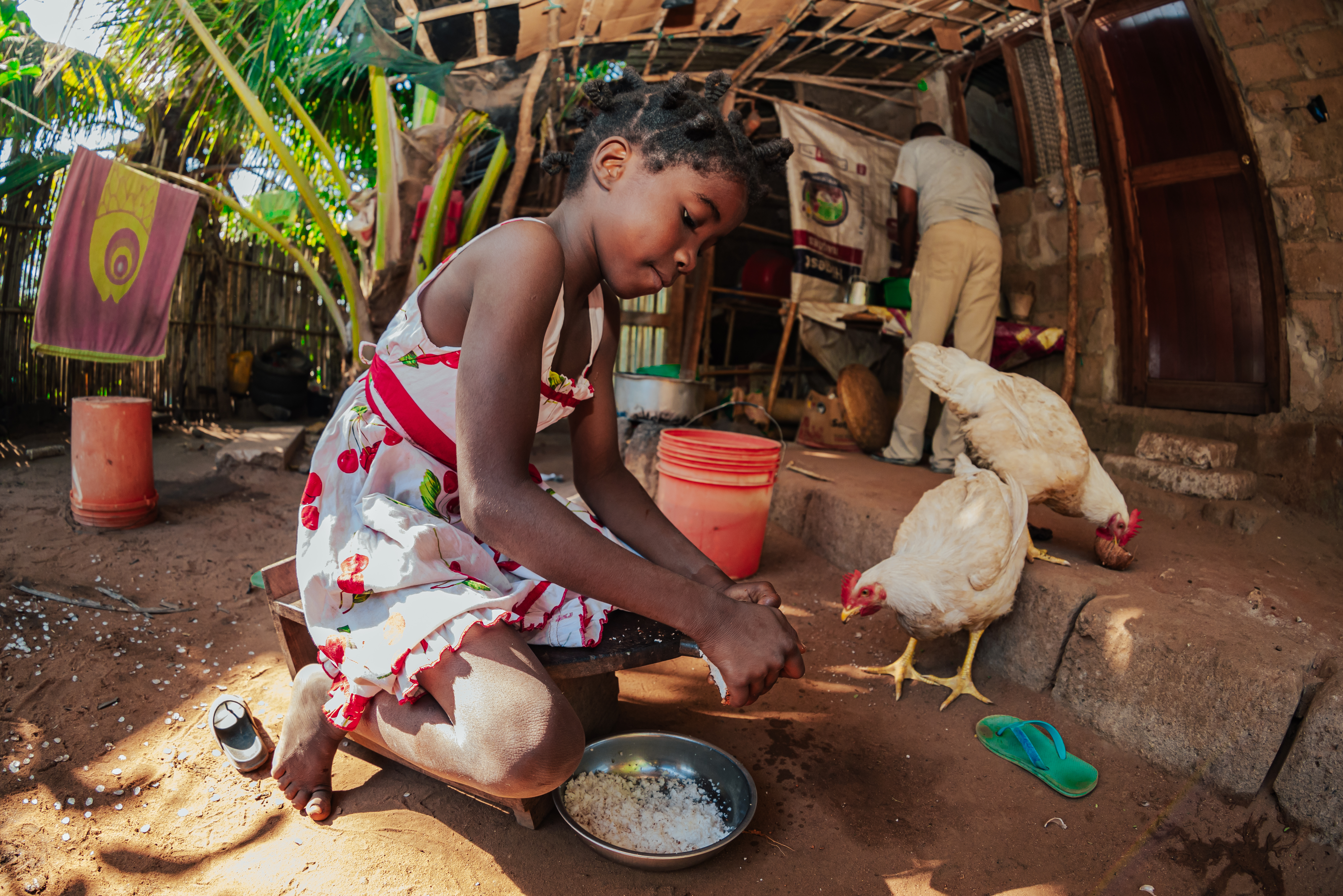
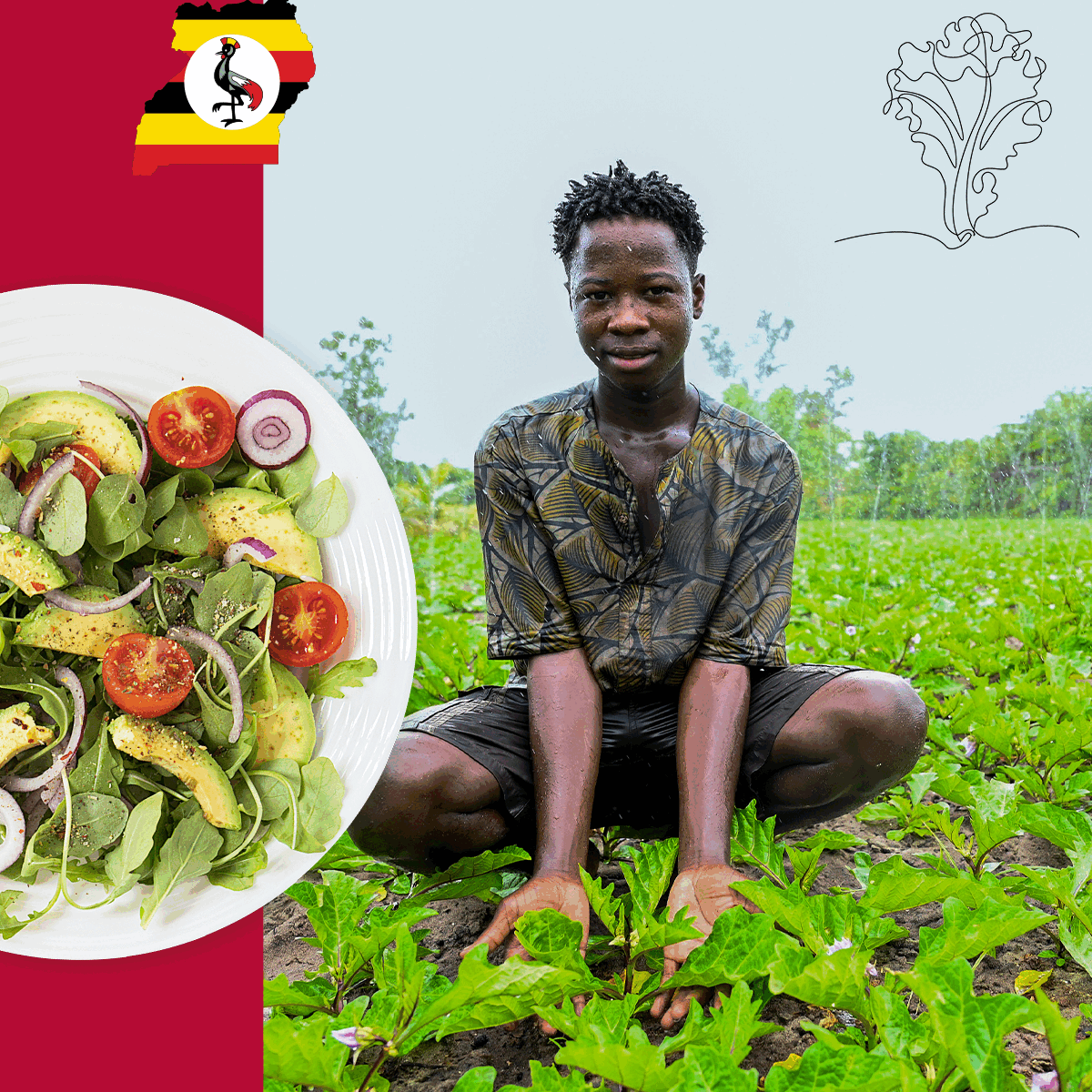
Uganda has made progress in food production, but many people especially women, children, and low-income communities still face barriers to accessing safe, nutritious, and affordable diets. Malnutrition and diet-related diseases remain pressing concerns.
GAIN is working to close this gap by strengthening Uganda’s food system in partnership with local stakeholders. We support the production and consumption of fortified and biofortified foods, promote dietary diversity, and empower small and medium enterprises to deliver healthier options.
At the heart of our work is a simple but powerful goal: to ensure that all Ugandans, especially the most vulnerable, can enjoy healthier diets and live better lives.
1 UNDERNUTRITION
Children are the most affected by malnutrition, which harms their future potential and productivity. When it occurs in early childhood, malnutrition causes lasting physical and mental damage.
26%
Ugandan children aged 6-59 months are stunted (short for their age)
3%
Wasting
dangerously thin for their height due to severe weight loss.
10%
Underweight
Low weight for their age due to acute or chronic malnutrition.
2 MICRONUTRIENT DEFICIENCIES
Iron and Vitamin A deficiencies remain widespread, particularly among young children and pregnant women, where iron deficiency causes anemia.
60%
National zinc deficiency prevalence. 38.4% of children under 5 years and 60% of pregnant women.
53%
of children aged 6-59 months are anemic.
32%
of women of reproductive age in Uganda, aged 15 to 49 years have anaemia.
3 OVERNUTRITION
Malnutrition affects Ugandan adults through both overnutrition and obesity.
Overweight and obesity prevalence is higher among women with higher education (46%) and in urban areas (14%) compared to rural areas (6%).
9% of men and 18% of women are overweight, while 8% of women and 2% of men are obese
Only 5.2% of Ugandan adults consume the recommended five servings of fruit and vegetables per day
To transform Uganda’s food system by scaling up fortified and biofortified foods, strengthening SMEs, and generating demand for healthier diets while embedding gender equity and environmental sustainability.
Some of the key milestones in Uganda include:
Advancing Nutrition By Motivating Ugandans To Consume Safer And Nutritious Foods
GAIN Uganda is committed to improving nutrition outcomes through a comprehensive approach that includes food fortification and biofortification, strengthening MSME supply chains, increasing consumer demand for healthier diets, enhancing food safety, and advocating for effective policy reforms.
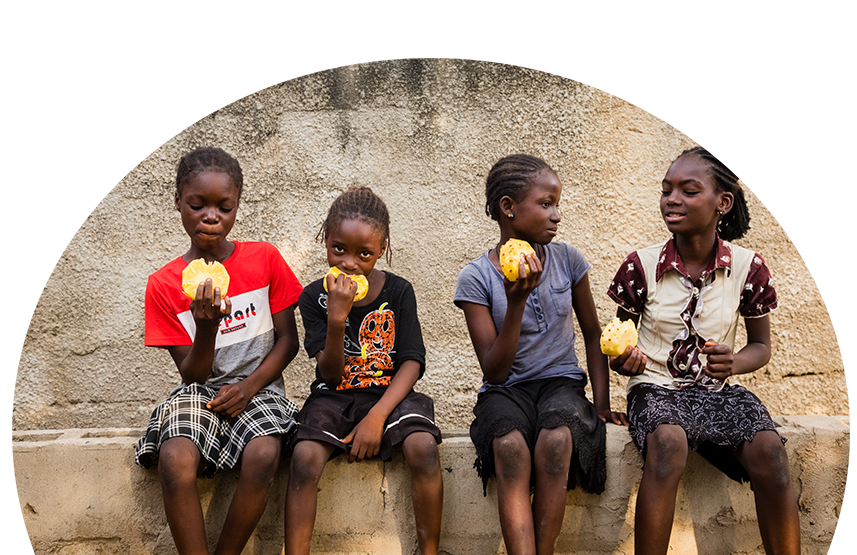
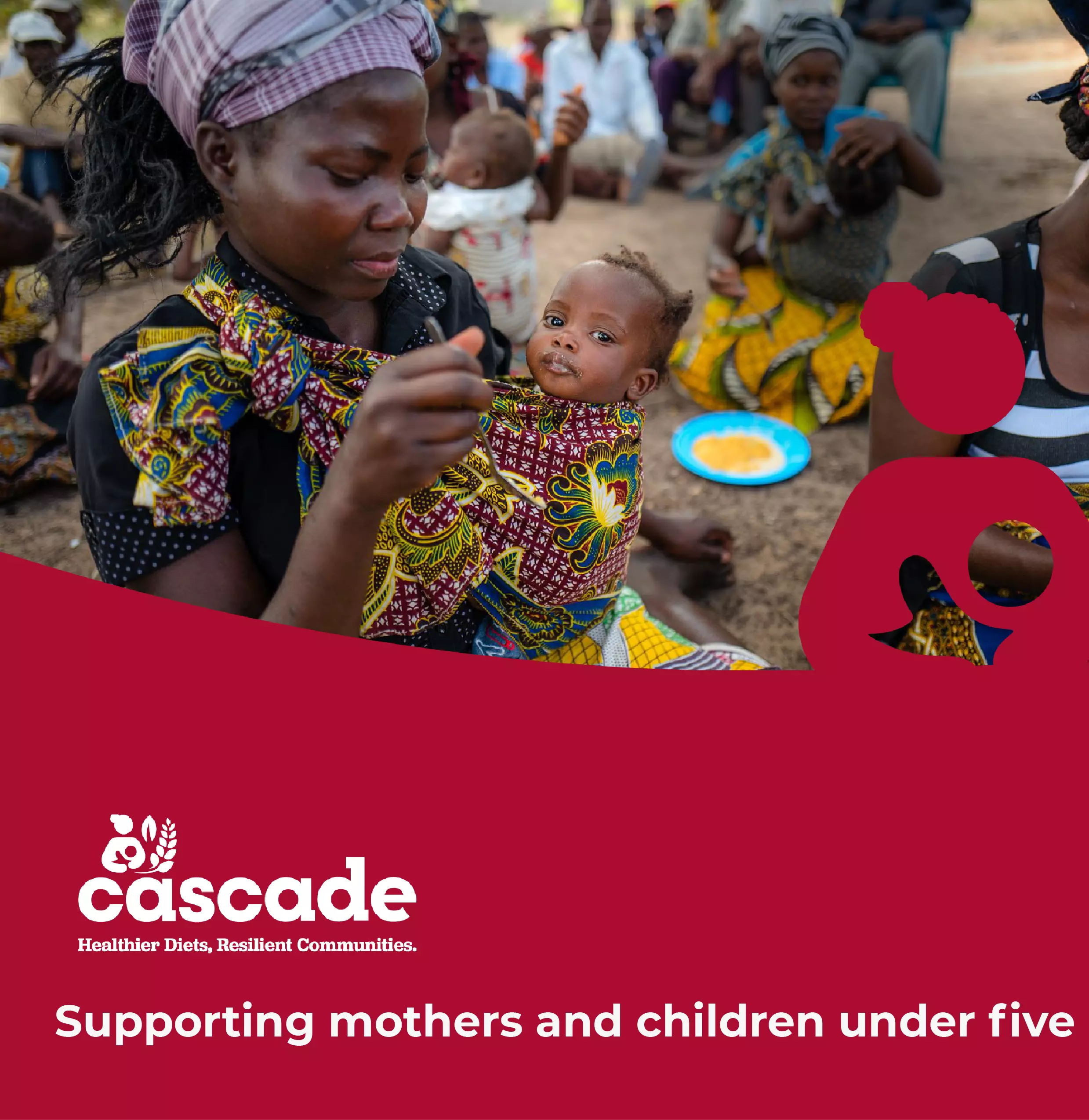
Supporting mothers and children under five through private-sector engagement and policy advocacy.
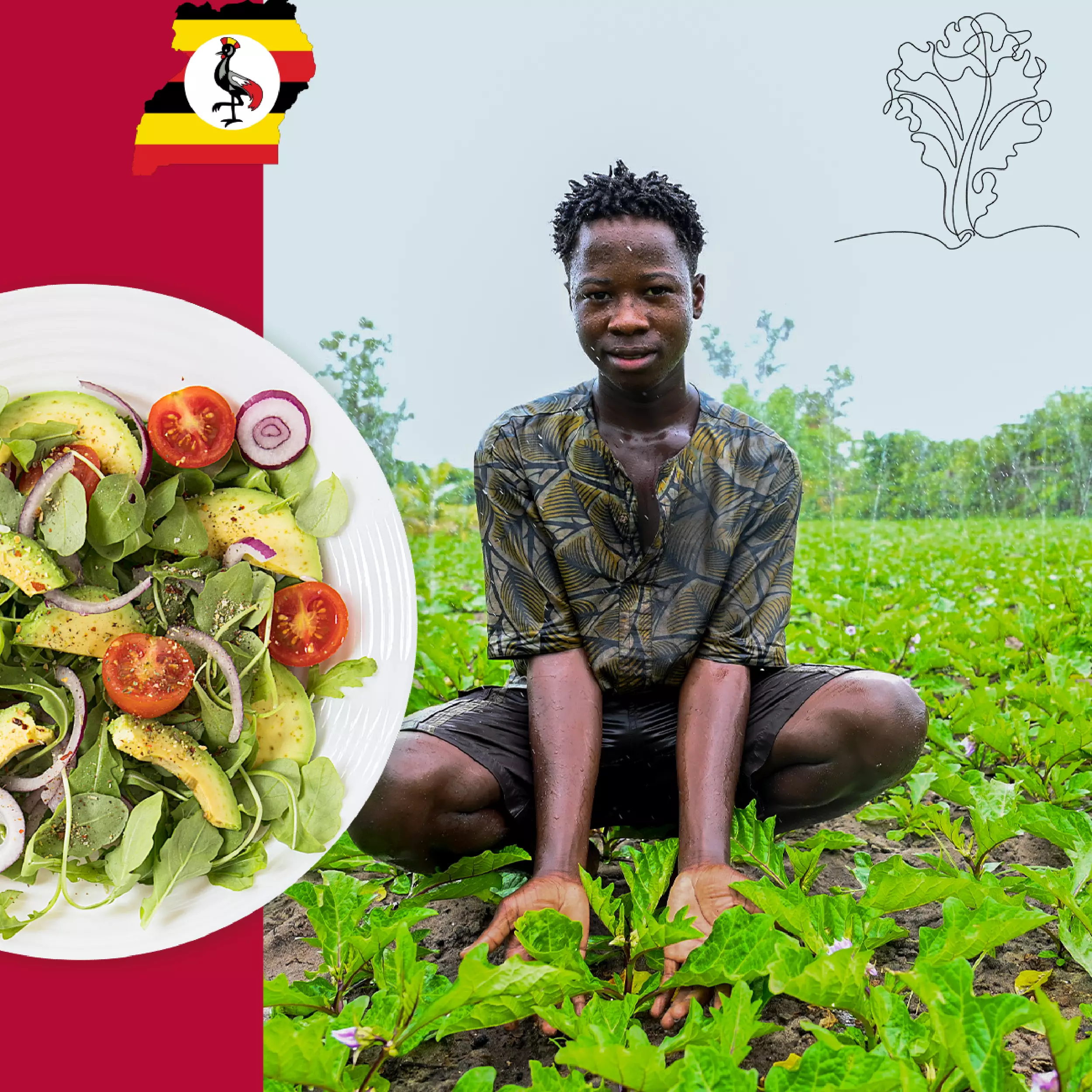
Promoting vegetable consumption among 118,000+ urban and peri-urban consumers.
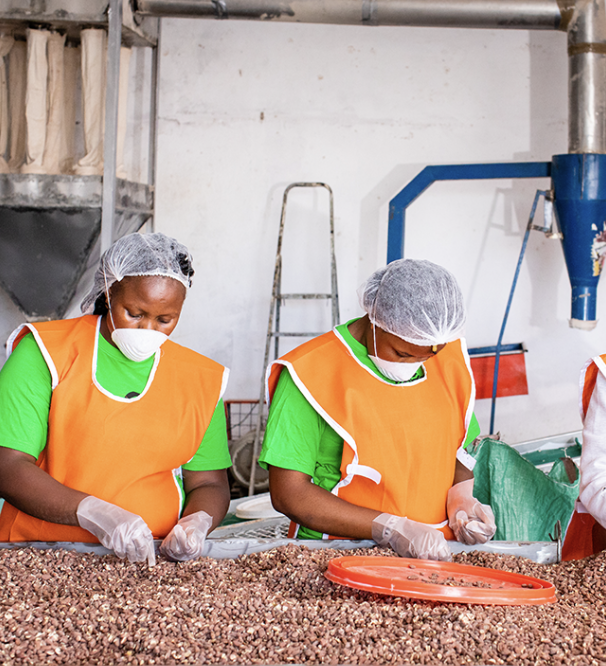
Training 427 private players and supporting 300 SMEs.

Research Partnerships: Working with Kyambogo and Makerere Universities.
Reducing malnutrition and improving diets requires engaging with and building alliances between governments, donors, including philanthropists, civil society and youth, producers, academia, UN and development partners, and the private sector to develop and implement new approaches to drive improved action.
At GAIN, we believe that everyone deserves access to safe, affordable, and nutritious food — especially the most vulnerable among us. In Uganda, our work is deeply rooted in collaboration with communities, government, and the private sector to transform food systems and improve nutrition outcomes.
As we continue to expand our reach and deepen our impact, we remain committed to scaling proven solutions like food fortification, supporting SMEs, and driving demand for healthier diets. Our goal is simple but urgent: healthier diets for all, and a food system that works for everyone.
Thank you for visiting our page and for being part of this journey toward a nourished and thriving Uganda.

Country Director, GAIN Uganda
Kampala, Uganda
Plot 9, Kyambogo View Road, Minister’s Village, Ntinda
P.O.Box 800896
Kampala, Uganda
Tel :+256 200 922 02
Email: dssali@gainhealth.org
